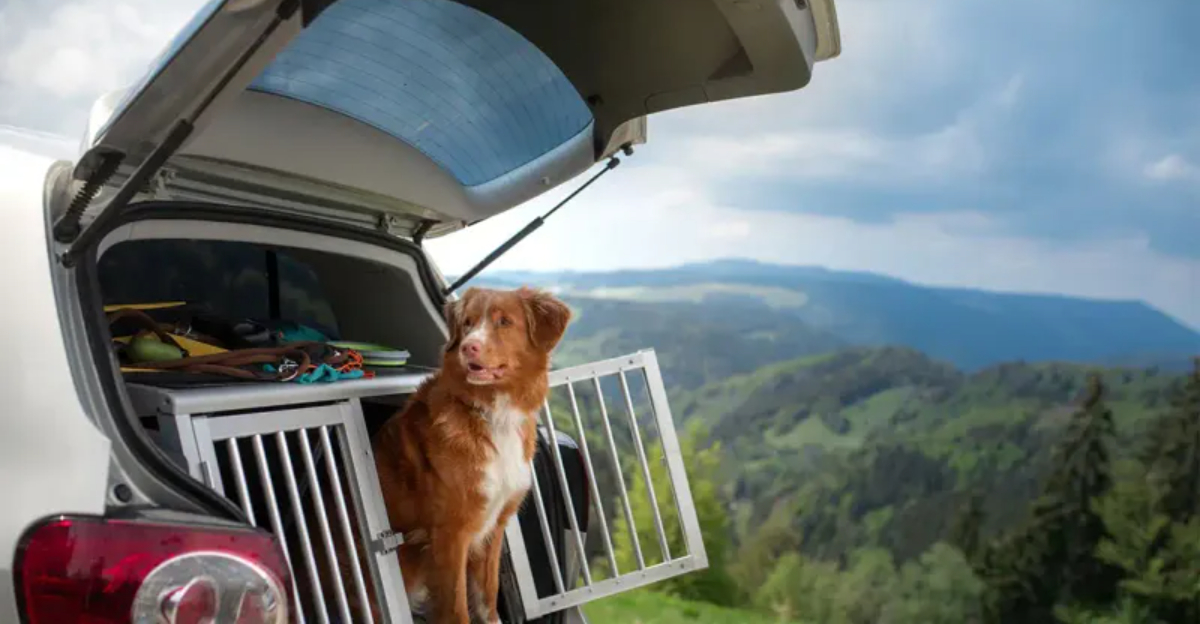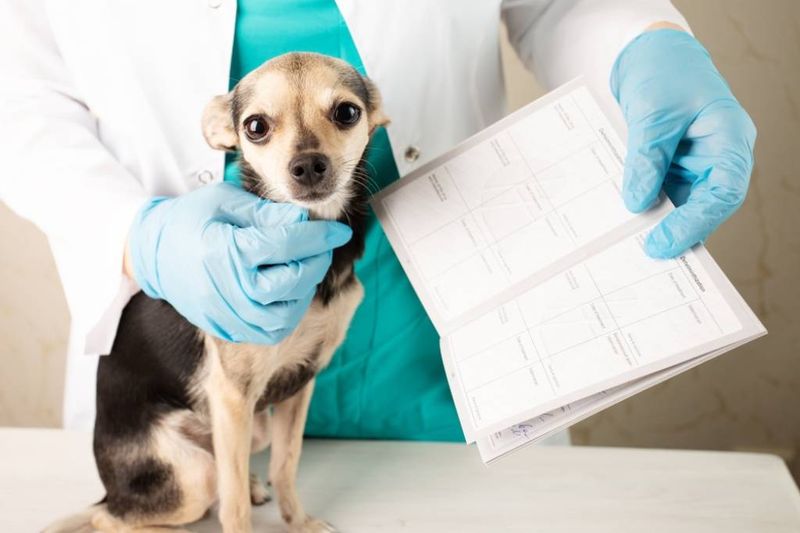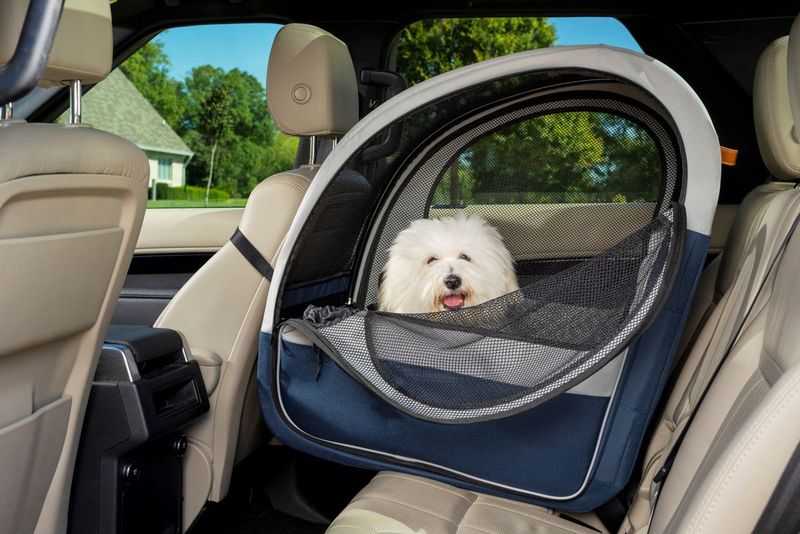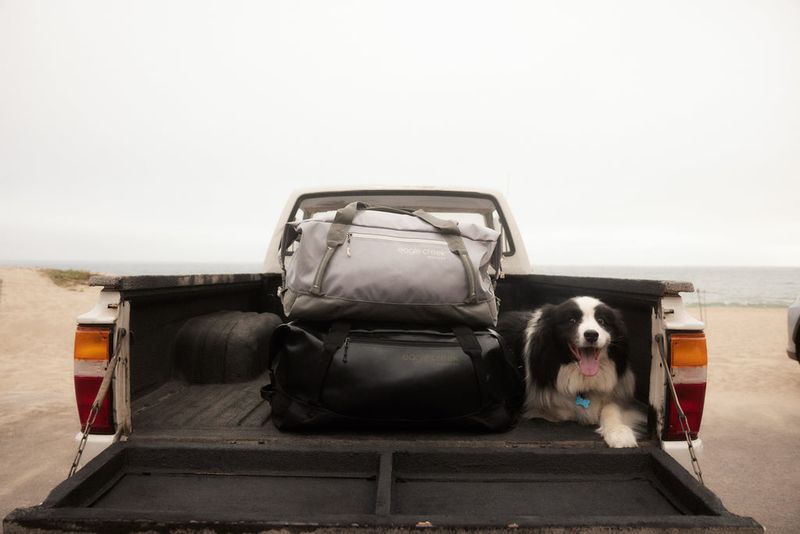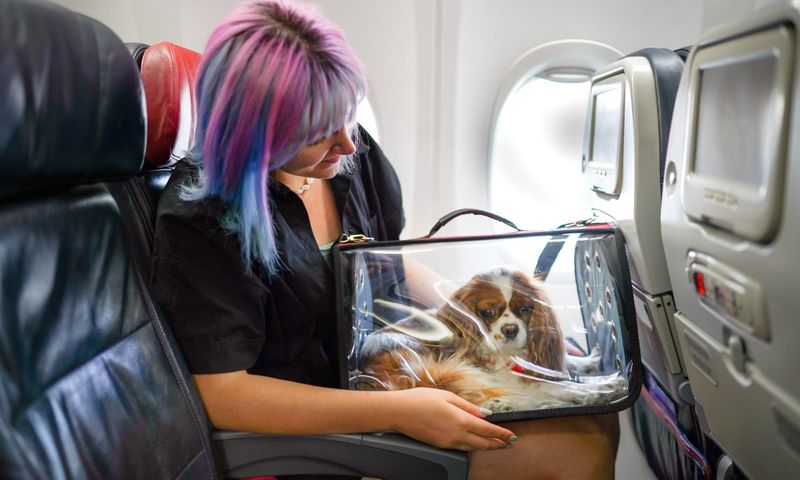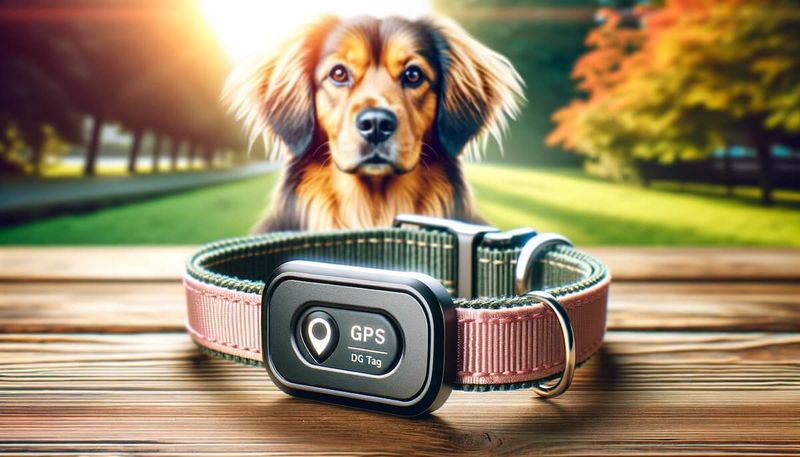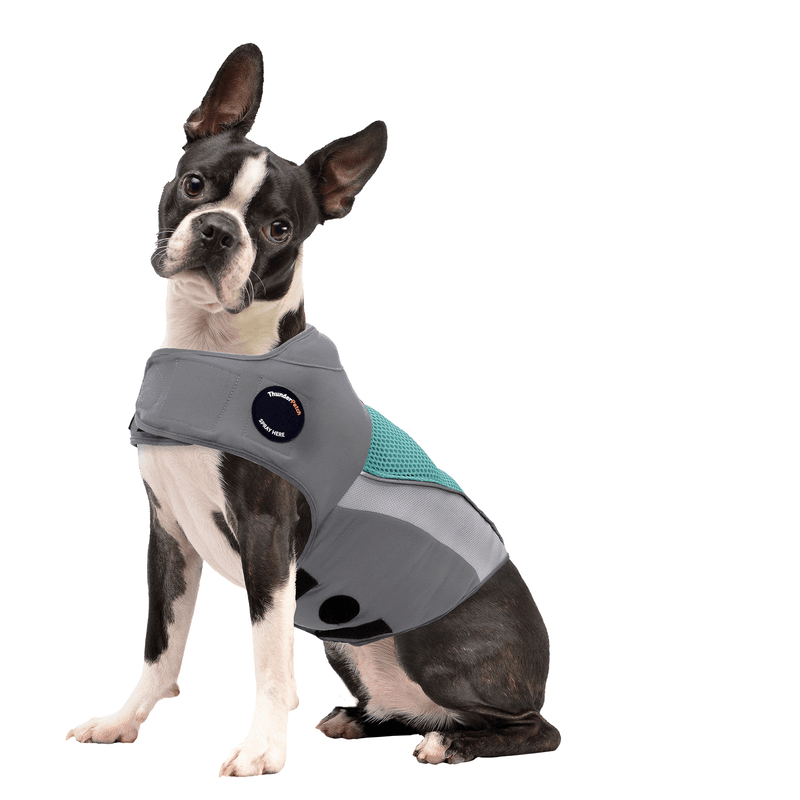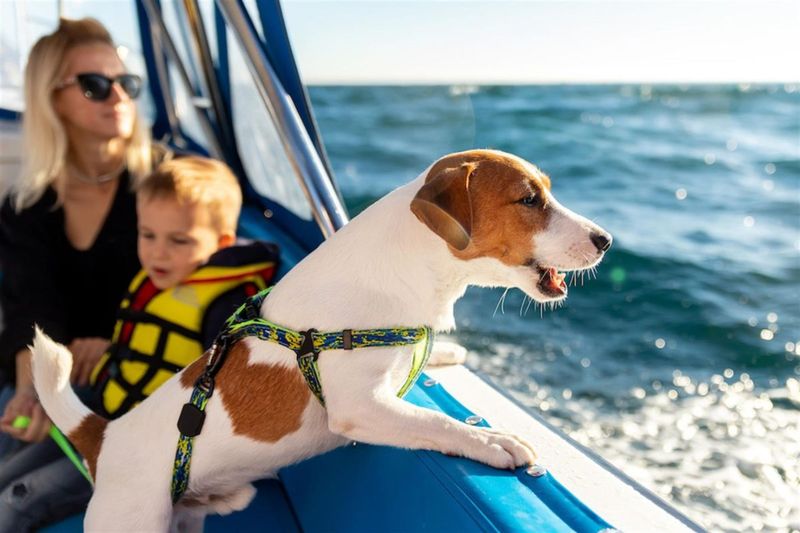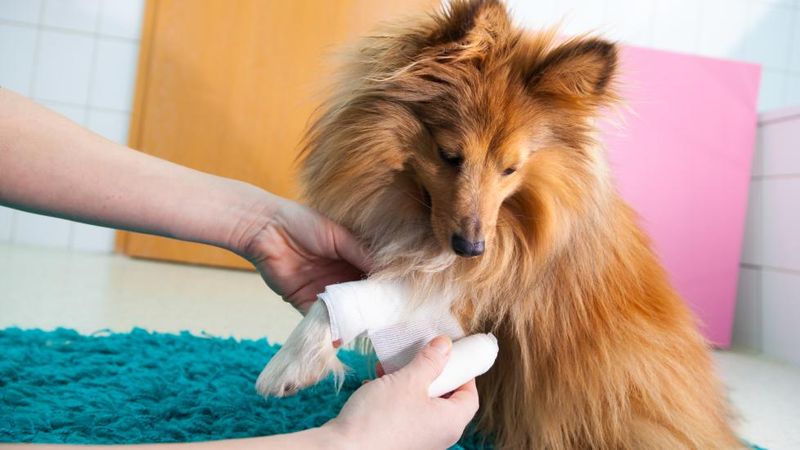Taking your furry friend along on your travels can turn an ordinary trip into an unforgettable adventure. However, pet travel requires thoughtful preparation to ensure both you and your companion enjoy a smooth journey. Whether you’re planning a road trip, flight, or weekend getaway, these practical tips will help make your pet-friendly adventure as stress-free as possible.
Pre-Trip Veterinary Checkup
Nothing ruins a vacation faster than a sick pet. Schedule a vet appointment at least two weeks before departure to ensure your furry friend is travel-ready. Your veterinarian can provide necessary vaccinations, prescriptions, and health certificates that may be required by airlines or border crossings.
Ask specific questions about motion sickness remedies, anxiety management, and destination-specific health concerns. Some areas have unique parasites or diseases your pet might not encounter at home. Bring along your pet’s medical records in both digital and physical formats.
Remember that some destinations require documentation proving your pet is healthy and properly vaccinated. Hawaii, for instance, has strict quarantine laws, while international travel often requires microchipping and specific vaccination timelines. This small investment in preparation prevents major headaches later.
Perfect Your Pet’s Carrier Game
Your pet’s travel carrier becomes their sanctuary during the journey. Choose one that’s well-ventilated, secure, and appropriately sized—your pet should be able to stand, turn around, and lie down comfortably. For air travel, verify the carrier meets airline requirements well in advance.
Make the carrier a positive space by adding familiar bedding, a favorite toy, and perhaps an article of clothing with your scent. Begin carrier training several weeks before your trip, gradually increasing the time your pet spends inside. Reward them with treats and praise to create positive associations.
For road trips, secure the carrier with a seatbelt or specialized pet restraint system. Never allow pets to roam freely in the car—it’s dangerous for everyone. A properly introduced carrier transforms from a scary cage into a comforting den during stressful travel moments.
Strategic Packing for Four-Legged Travelers
Forgetting your toothbrush is annoying. Forgetting your pet’s essentials can derail your entire trip. Create a dedicated pet packing list including food, medications, waste bags, grooming supplies, and comfort items. Pack more than you think you’ll need—unexpected delays happen.
Food deserves special attention. Maintain your pet’s regular diet while traveling to prevent digestive upset. Portion out meals in individual bags for convenience, and bring bottled water to avoid stomach issues from unfamiliar water sources. Don’t forget collapsible food and water bowls for easy mealtime setup.
Toss in a pet first-aid kit containing bandages, antiseptic wipes, tweezers, and any special medications your pet might need. A familiar blanket or bed provides comfort in strange surroundings, while favorite toys maintain a connection to home. Smart packing prevents emergency shopping trips in unfamiliar locations.
Mastering Pet-Friendly Accommodation Searches
Not all “pet-friendly” accommodations are created equal. Some have weight restrictions, breed limitations, or confine pets to certain rooms. Others truly welcome your furry friend with open arms, offering amenities like pet beds, treats, and designated play areas.
Call hotels directly rather than relying solely on websites. Ask specific questions about pet policies, additional fees, and nearby pet relief areas. Websites like BringFido.com and GoPetFriendly.com can streamline your search for genuinely pet-welcoming properties. Consider vacation rentals for more space and privacy.
Upon arrival, conduct a quick room safety check. Look for exposed wires, toxic plants, or small objects your pet might ingest. Establish a familiar space with their bed and toys. Leave the TV or radio on low volume when stepping out briefly—the background noise helps pets feel less alone in the unfamiliar environment.
Road Trip Rhythm: Breaks and Boundaries
Long drives require strategic planning when pets join the adventure. Map out pet-friendly rest stops every 2-3 hours where your furry friend can stretch, hydrate, and relieve themselves. Apps like iExit and Rest Stops Plus help locate suitable stopping points with grassy areas.
Keep car temperatures comfortable—never too hot or cold—and ensure proper ventilation. Cracking windows slightly creates air flow without allowing your pet to stick their head out, which can lead to eye injuries or worse. Use window shades to block direct sunlight that could overheat your pet.
Maintain consistent feeding times, though offering slightly less food than normal reduces motion sickness risks. Always have fresh water available but limit consumption immediately before driving. Consider barriers or specialized seat covers to protect your vehicle while keeping your pet safely contained in their designated area.
Flying Fido: Navigating Air Travel Challenges
Air travel presents unique challenges for pet parents. Each airline has different pet policies regarding carrier dimensions, weight limits, and whether pets can travel in-cabin or must go as checked baggage. Research thoroughly and book direct flights whenever possible to minimize stress and handling.
If your pet must travel in cargo, choose early morning or evening flights in moderate weather to avoid temperature extremes. Freeze a small dish of water to place in the carrier—it will melt gradually, providing hydration without spilling. Clearly label the carrier with your contact information, destination, and a photo of your pet.
Exercise your pet thoroughly before the flight to help them relax during travel. Skip feeding 4-6 hours before departure to prevent accidents, though small water amounts are fine. Upon arrival, find a quiet spot to offer reassurance and allow your pet to decompress before continuing to your final destination.
ID Systems That Bring Peace of Mind
Your pet can’t ask for directions if they get lost in an unfamiliar place. Multiple identification methods dramatically increase reunion chances. Ensure your pet wears a collar with ID tags displaying your cell phone number and consider adding a temporary tag with your vacation address and contact details.
Microchipping provides permanent identification that can’t fall off or be removed. Before traveling, verify that your microchip registration information is current in the manufacturer’s database. Some pet parents use GPS trackers attached to collars for real-time location monitoring—particularly valuable in unfamiliar surroundings.
Carry current photos of your pet showing any distinctive markings. Store these images where you can access them without internet connection. Create a digital and physical folder containing proof of ownership, medical records, and recent photos. This documentation proves invaluable should your pet become separated from you during your travels.
Anxiety Management for Nervous Travelers
Many pets find travel stressful, but preparation can ease their anxiety. Begin desensitization weeks before your trip by taking short drives or practicing carrier time. Gradually increase duration until your pet shows comfort with the travel experience.
Consider natural calming aids like ThunderShirts, pheromone sprays, or calming music designed specifically for animals. For severely anxious pets, discuss prescription options with your veterinarian. Test any calming methods before your trip to ensure they don’t cause unexpected reactions.
Maintain consistent routines even while traveling. Feed, walk, and play with your pet at regular times to provide stability amid changing environments. Pack items carrying your scent and familiar toys that provide comfort. Your own calm demeanor significantly impacts your pet’s emotional state—animals are remarkably sensitive to their humans’ stress levels, so practice your own relaxation techniques.
Destination Research: Pet-Friendly Activities
Arriving at your destination only to discover limited pet access can dampen vacation spirits. Research pet-friendly attractions, restaurants with outdoor seating, and parks that welcome four-legged visitors. Many destinations now offer specialized pet experiences like dog beaches, hiking trails, and even boat tours that accommodate animals.
Check local regulations regarding leash requirements and restricted areas. Popular tourist spots sometimes have unexpected pet prohibitions. National parks, for instance, often allow pets only in developed areas and specific trails. Many wineries, outdoor shopping centers, and some museums have become increasingly pet-welcoming.
Balance pet-inclusive activities with pet-free excursions. Identify reputable local pet sitting or daycare services for times when leaving your pet is necessary. Read reviews from other traveling pet parents to find trustworthy providers. Advanced planning ensures your pet enjoys the adventure as much as you do, without limiting your exploration options.
Emergency Preparedness Away From Home
Medical emergencies feel scarier when you’re far from your trusted veterinarian. Before departing, research emergency veterinary clinics at your destination and along your route. Save their contact information and addresses in your phone and travel documents for quick access during stressful situations.
Create a pet emergency card listing your pet’s medical conditions, medications, vaccination status, and your veterinarian’s contact information. Keep this card with your travel documents. Consider purchasing pet travel insurance that covers emergency medical treatment away from home—especially for international travel where costs can be substantial.
Pack a pet first aid kit including bandages, antiseptic wipes, tweezers, styptic powder for nail bleeding, and any prescription medications. Learn basic pet first aid techniques before your trip, such as how to muzzle an injured pet safely and how to check vital signs. Being prepared transforms potential emergencies from vacation-enders into manageable situations.
